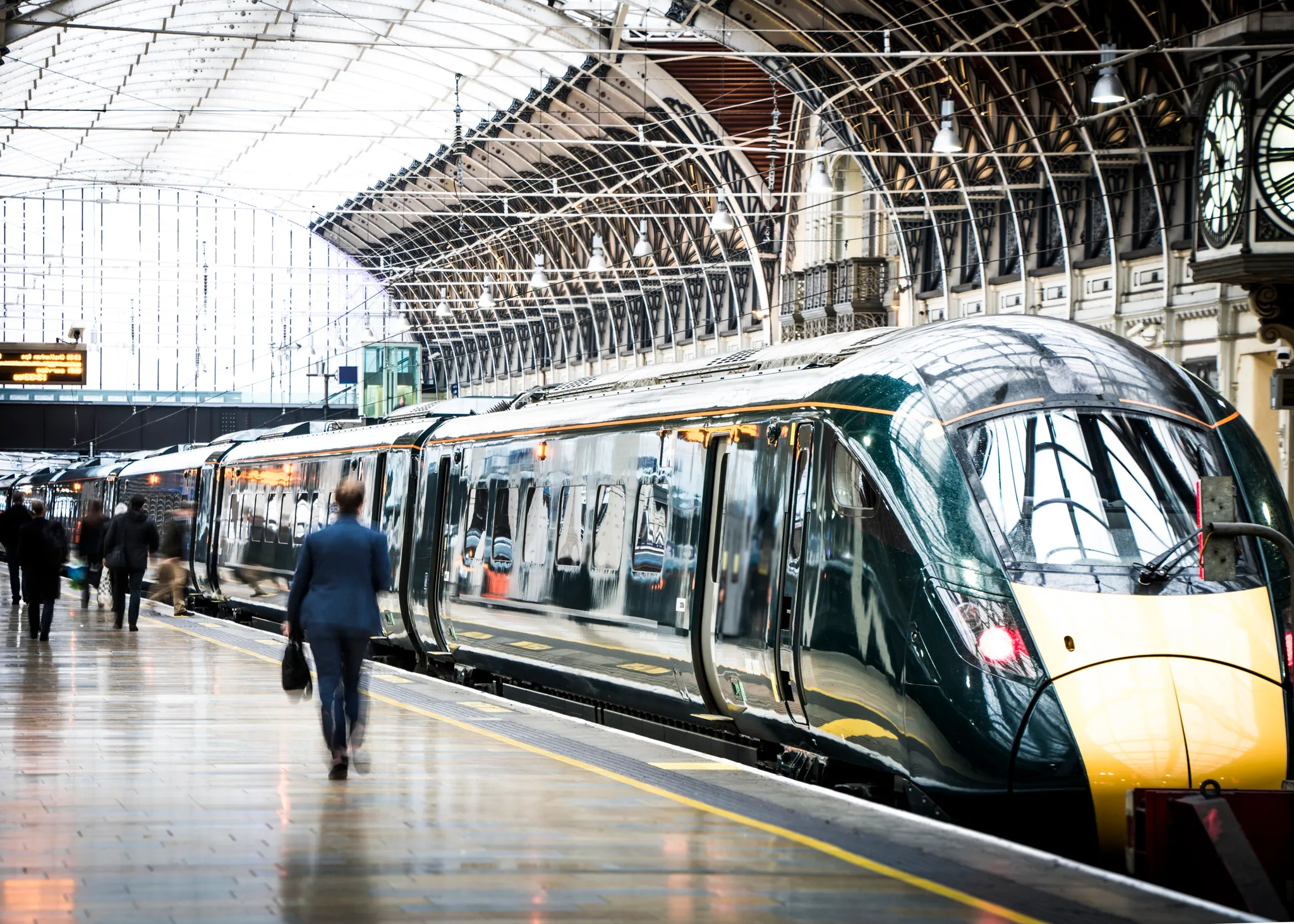Copyright metro

Cities across Europe could be connected by a high-speed rail network (Picture: Getty Images) A European city break usually involves picking the cheapest destination and booking a return flight on the old faithfuls: Ryanair or easyJet. But new plans have just been unveiled, which would allow travellers to city-hop around the continent at record speed — no plane needed. The ambitious project, from the European Commission, aims to develop high-speed rail across the EU. In a nutshell, it will offer better connections and shorter travel times. For example, a train journey from Bucharest to Budapest currently takes a mind-numbing 15 hours. Under the new plans, that will be cut down to six. A Friday night out in Berlin, followed by a Scandi Saturday in Copenhagen? Sounds dreamy to us. Breakfast in Paris and dinner in Rome? (Picture: Getty Images) What are the European Commission’s new plans for high-speed rail in Europe? By 2040, the European Commission hopes to cut the duration of many popular rail journeys ‘by half compared to today’. On the Commission’s website, the plan states that ‘by completing key rail links between major cities, passengers will have a real alternative to short-haul flights and long car journeys.’ Journey times will be cut dramatically (Picture: European Commission) Trains are set to travel at a speed of 200km/h, which is about 120mph, but routes where higher speeds of ‘well-above’ 250km/h (around 160mph) can be achieved will also be identified. Commissioner for sustainable transport and tourism, Apostolos Tzitzikostas, said: ‘High-speed rail is not just about cutting travel times — it is about uniting Europeans, strengthening our economy, and leading the global race for sustainable transport. ‘Citizens across the Union will benefit from faster, safer, and more affordable journeys that bring Europe closer together.’ However, exactly how this plan will come to fruition isn’t entirely clear, with little detail on how it will be funded (estimates from the Commission suggest the project will cost between €345 billion and €546 billion) or where new track will be constructed. https://www.instagram.com/p/DQq8KrSCJc-/?hl=en Speaking to the Guardian, Jon Worth, an independent rail expert and campaigner, said: ‘Can I name you some track that will be built or some train that will be bought as a result of today’s document that wouldn’t have happened otherwise? No, I can’t, because ultimately it’s not really a plan. It’s more like a kind of aspirational, hopeful, ‘this is what we like to see.’’ How long will the new rail network take to complete? Officially, the network won’t be up and running until 2040. However, on The Commission’s website, other milestones have been laid out: 2030: Passengers will be able to travel between Berlin and Copenhagen in 4 hours. 2030: New connections between the Baltic countries will be complete. 2035: Passengers be able to travel train between Sofia and Athens in 6 hours. 2035: New connections between Paris to Lisbon via Madrid will be complete. New routes to Lisbon have been proposed (Picture: Getty Images) Travel beyond the headlines Hello! I’m Kristina Beanland, Metro’s lifestyle editor. If you love reading about affordable city breaks, lesser-known destinations and how travel changes us for the better, you’re in the right place. Hear from Kristina every week in The Getaway newsletter (Picture: Kristina Beanland) Our weekly newsletter brings you everything from holiday inspiration to the latest travel news and hot takes. Sign up now. How much quicker will the journeys be? An impressive map from the European Commission reveals current journey times, as well as the new, shorter durations on offer once the rail network is complete. Paris to Rome: Current journey time: 10h 50mins. New journey time: 8h 45mins. Paris to Berlin: Current journey time: 8h 15mins. New journey time: 7h. Amsterdam to Berlin: Current journey time: 5h 45mins. New journey time: 5h 30mins. Berlin to Warsaw: Current journey time: 5h. New journey time: 4h 15mins. Berlin to Copenhagen: Current journey time: 7h. New journey time: 4h. Berlin to Vienna: Current journey time: 8h 10mins. New journey time: 4h 30mins. Copenhagen to Stockholm: Current journey time: 5h 45mins. New journey time: 4h. Prague to Rome: Current journey time: 14h 30mins. New journey time: 10h 15mins. Vienna/Bratislava to Ljubljana: Current journey time: 6h 05mins. New journey time: 4h 30mins. Warsaw to Bratislava/Vienna: Current journey time: 7h 30min. New journey time: 4h 15min. Bratislava/Vienna to Budapest: Current journey time: 2h 40mins. New journey time: 1h 40mins. Budapest to Zagreb: Current journey time: 6h. New journey time: 4h 15mins. Budapest to Bucharest: Current journey time: 15h. New journey time: 6h 15mins. Bucharest to Sofia: Current journey time: 10h 15min. New journey time: 6h. Sofia to Athens: Current journey time: 13h 40min. New journey time: 6h. @travelwithmetro Need this sooooo bad 😩❤️ Starline’s ambitions plans could cut short-haul flight emissions by up to 95%, linking 424 cities across ports, airports and rail. Would you use it? 👀 #travel#train#europe#europeantravel#metro ♬ Epic Inspiration – Kidmada Will there be any new routes? Yes, the rail network will also offer brand new direct connections. Paris to Madrid: 6h. Madrid to Lisbon: 3h. Warsaw to Vilnius: 4h. Vilnius to Riga: 2h. Riga to Tallinn: 1h 45mins. How can travellers buy tickets? Given that the entire network isn’t planned to be completed until 2040, it’s going to be a while before you can buy tickets on any of these routes. However, there are plans to make it ‘easier for passengers to find and purchase tickets for journeys combining services from different operators’. The Commission also said on their website that they will ‘increase passengers’ choice and digital access to all tickets, as well as make more rail tickets available on major ticketing platforms, including from smaller rail companies.’ Visits to Europe’s capitals, such as Sofia, will get that bit easier (Picture: Getty Images) Will any other transport links be improved? We’ve all had that early morning panic as yet another Uber cancels your ride to the airport. But that could soon be a thing of the past. The Commission says that ‘by 2030, all large EU airports handling over 12 million passengers should be connected to long-distance or high-speed rail.’ Do you have a story to share? Get in touch by emailing MetroLifestyleTeam@Metro.co.uk.



